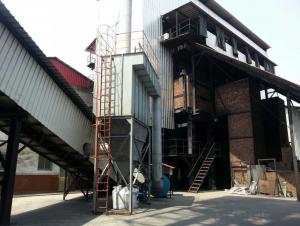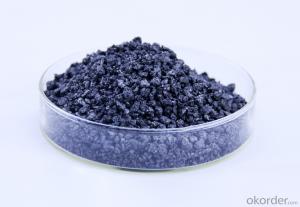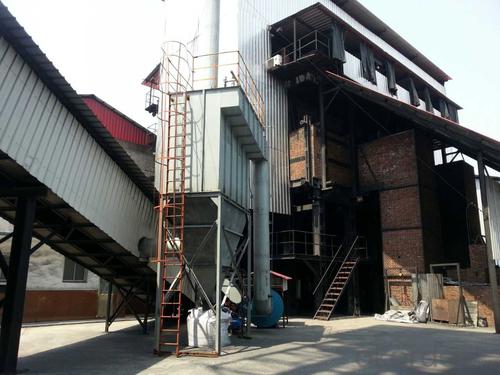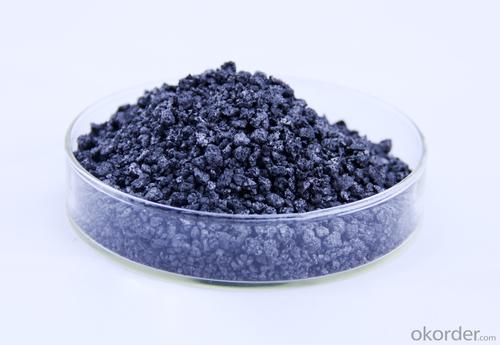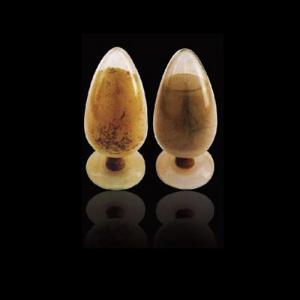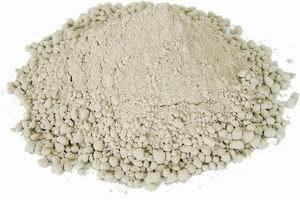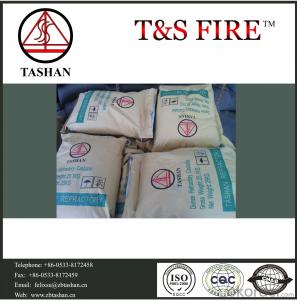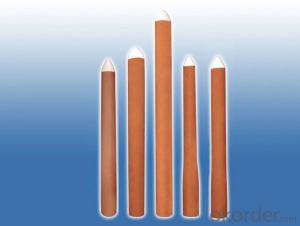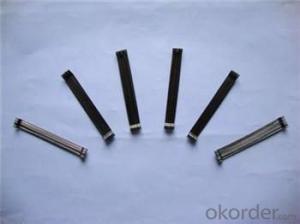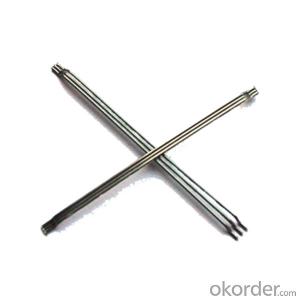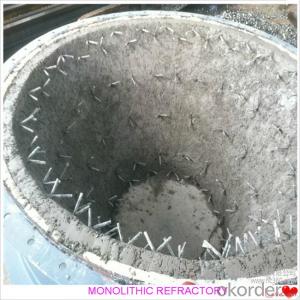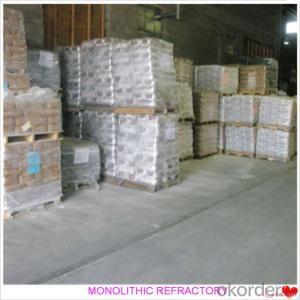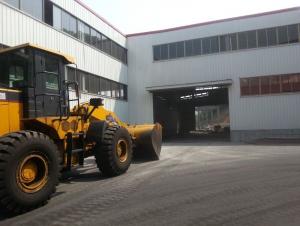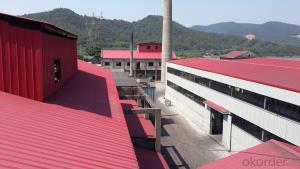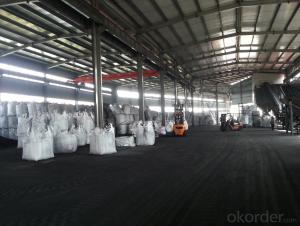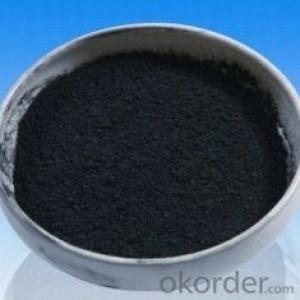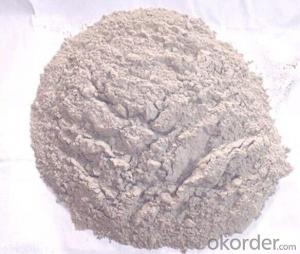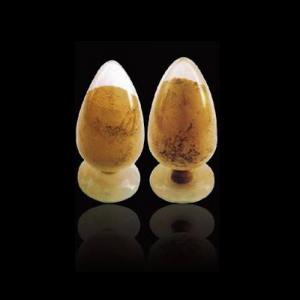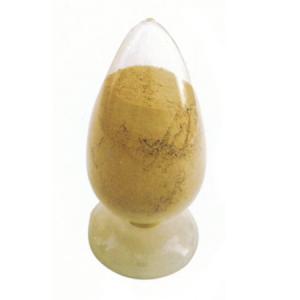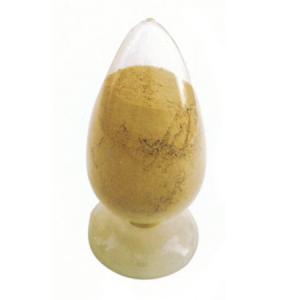Monolithic Refractories for Iron and Steel Industry:Low N Calcining Petroleum Coke with Good Quantity
- Loading Port:
- Shekou
- Payment Terms:
- TT or LC
- Min Order Qty:
- 20 m.t
- Supply Capability:
- 1000 m.t/month
OKorder Service Pledge
OKorder Financial Service
You Might Also Like
Factory Background
The factory is majorly running and operating carbon additive (pitch coke, calcined petroleum coke and anthracite), low nitrogen carbon additive, and brake pad making material. Company is the long term supplier of Sinosteel Corporation, Shanghai Carbon Corporation, the plant of SGL Group the Carbon Company in China and some largest special carbon products producing plants.
YUAI also supplies huge amout of high quality carbon additive and graphite carbon additive to steel plants, foundries and ferrotungsten plants. YUAI has been assigned by BAO STEEL as the only organization for processing pitch coke for export purpose. The group’s major products are constantly exported to Japan, Korea, Malaysia, South East Asia countries, Europe and America, which receive praises by our consumers.
The group has invested numbers of calcinators in Anhui China to ensure the capability of producing and processing huge amount of carbon additive. Further investment is on process. According to the orders from customers, YUAI is able to processing and providing different specifications of carbon additive and other products. To provide best quality of products and to offer customers most satisfied service is YUAI’s operating objectives.
Calcined Petroleum Coke
FC:98.5%min,
S:0.5%max
A:0.8%max
V:0.7%max
Mositure:0.5%max
Size:1-5mm
This product is mainly used in steel-making and foundry. Calcined Petroleum Coke
Calcined Petroleum Coke comes from delayed coke which extracted from oil refinery. Although Calcined Petroleum Coke contains a little bit higher level of sulfur and nitrogen than pitch coke, the price advantage still makes it widely used during steel-making and founding as a kind of carbon additive/carburant.
Technology:
Laborary Equpment
In our lab,we has a high precision balance,mullfe furnace,sample making machine, dring box,sulfur measurement instrument and other calibratiing equipments.As a result,before deliverung to our customers,our products have to pass a strict test to ensure the quality and components.The testing reports will be sent to our customers to confirm untill they satisfy with it.
Packaging & Delivery
Packaging Detail:25kg paper bag into 1t weaving bag 5kg, 10kg and 20kg weaving bag into 1t weaving bag 25kg weaving bag put on pallet covered with entanglement wrap product direct into packing bag 25kg paper bag put on pallet covered with entanglement Wrap 25kg weaving bag into 1t weaving bag.
Delivery Details: 7 days
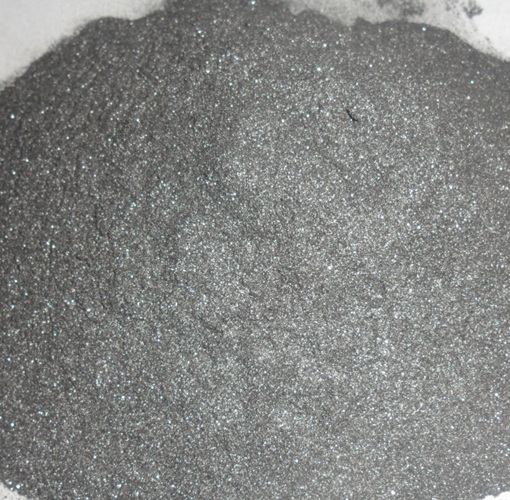
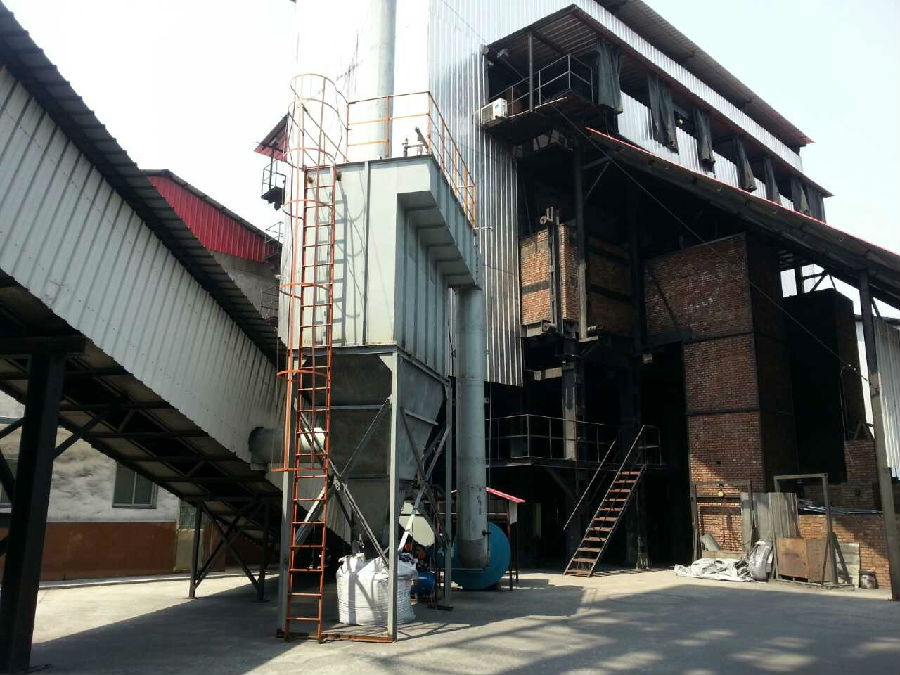
- Q: What are the recent developments in monolithic refractories for the iron and steel industry?
- In recent years, there have been several significant developments in monolithic refractories for the iron and steel industry. Monolithic refractories play a crucial role in the production of iron and steel, as they provide high-temperature resistance and insulation to the lining of furnaces and other equipment used in the industry. One of the key advancements in monolithic refractories is the development of advanced alumina-based castables. These castables offer superior thermal shock resistance, high strength, and excellent corrosion resistance, making them ideal for use in the iron and steel industry. They can withstand extreme temperatures and mechanical stresses, ensuring longer service life and reduced downtime for maintenance. Another notable development is the introduction of low-cement and ultra-low cement castables. These castables have a reduced cement content compared to traditional castables, resulting in improved refractory properties. They offer higher hot strength, reduced porosity, and enhanced resistance to slag and metal corrosion. This allows for increased productivity and efficiency in iron and steel manufacturing processes. Furthermore, there have been advancements in the use of insulating refractories in the iron and steel industry. Insulating castables and bricks are now being used to line ladles, tundishes, and other equipment, providing better insulation and energy efficiency. These materials help to reduce heat loss and improve thermal efficiency, resulting in cost savings and reduced environmental impact. Additionally, the development of monolithic refractories with improved installation techniques has been a significant development. Traditional brick lining methods require skilled labor and a longer installation time. However, with the introduction of gunning and shotcreting techniques, the installation process has become faster and more efficient. These techniques involve spraying refractory materials onto the lining surface, ensuring better adherence and reducing the risk of lining failure. Overall, the recent developments in monolithic refractories for the iron and steel industry have focused on improving thermal shock resistance, corrosion resistance, insulation properties, and installation techniques. These advancements have resulted in increased efficiency, reduced downtime, and improved productivity in the iron and steel manufacturing processes.
- Q: How do monolithic refractories contribute to the overall safety of iron and steel operations?
- The overall safety of iron and steel operations is greatly ensured by the crucial role played by monolithic refractories, which provide various important benefits. Firstly, these refractories are renowned for their exceptional thermal insulation properties, enabling them to effectively withstand extreme temperatures and prevent heat loss. This is particularly crucial in iron and steel operations where high temperatures are involved in processes like melting, casting, and heat treatment. By minimizing heat loss, monolithic refractories help maintain a stable temperature environment, thereby reducing accident risks and ensuring personnel safety. Secondly, monolithic refractories offer outstanding resistance to chemical attacks. In iron and steel operations, the presence of different chemicals and gases can corrode and deteriorate the linings of furnaces, ladles, and other equipment. By serving as a protective barrier, monolithic refractories prevent the penetration of these corrosive substances, prolonging the equipment's lifespan and minimizing the chances of failures or leaks that could pose safety hazards. Moreover, monolithic refractories are known for their structural integrity and high mechanical strength. In iron and steel operations, heavy loads and stresses are common, especially during the handling and movement of molten metal and raw materials. Monolithic refractories can withstand these stresses without cracking or collapsing, ensuring the equipment's structural stability and minimizing accidents or equipment failures. Additionally, monolithic refractories exhibit excellent thermal shock resistance. In iron and steel operations, sudden temperature changes can occur due to the introduction of cold materials or liquids into hot equipment. This thermal shock can cause cracking and spalling of the refractory lining, compromising the operation's safety and efficiency. With their ability to withstand thermal shock, monolithic refractories help minimize the risk of unexpected failures and maintain the operation's overall safety. In conclusion, monolithic refractories significantly contribute to the overall safety of iron and steel operations through their high thermal insulation, chemical resistance, structural integrity, and thermal shock resistance. By ensuring a stable temperature environment, protecting against chemical attacks, withstanding heavy loads, and resisting thermal shock, monolithic refractories help prevent accidents, equipment failures, and potential hazards, creating a safer working environment for personnel in the iron and steel industry.
- Q: What are the key properties of ramming mixes used for monolithic refractory installations?
- Ramming mixes for monolithic refractory installations must possess several key properties. Firstly, they need to have high thermal stability to withstand extreme temperatures and thermal cycling. This ensures that the mix remains intact under varying thermal conditions. Secondly, a high density is necessary to resist thermal conductivity and minimize heat loss. This helps maintain the desired temperature in the refractory lining. Thirdly, low porosity is crucial to reduce the penetration of molten metals or slag, enhancing the durability of the installation. Additionally, good mechanical strength is required to withstand stresses and loads, preventing physical damage. The mixes should also exhibit chemical resistance to protect against corrosive substances. Furthermore, they should be easy to install and work with, allowing for efficient installation. Lastly, a controlled setting time is important to allow for proper placement and consolidation. Overall, these properties contribute to the performance and longevity of the refractory lining in high-temperature applications.
- Q: How do monolithic refractories contribute to the efficiency of iron and steel production?
- Monolithic refractories play a critical role in improving the efficiency of iron and steel production processes. These refractories are renowned for their superior thermal properties, high resistance to mechanical stress, and outstanding resistance to chemical corrosion. One primary manner in which monolithic refractories enhance the efficiency of iron and steel production is by providing effective insulation. By lining furnaces and other high-temperature equipment, monolithic refractories prevent heat loss and ensure consistent maintenance of desired temperatures. This insulation helps reduce energy consumption by minimizing heat wastage, ultimately resulting in cost savings. Moreover, monolithic refractories offer exceptional resistance to thermal shock. In the iron and steel industry, frequent heating and cooling cycles are common, and conventional refractory materials may crack or fail under these conditions. However, monolithic refractories can endure rapid temperature fluctuations without failure, guaranteeing the longevity and reliability of the refractory lining. This resistance to thermal shock reduces downtime for repairs and maintenance, thereby increasing overall production efficiency. Furthermore, monolithic refractories exhibit significant resistance to chemical corrosion. In iron and steel production, various corrosive substances such as molten metal, slag, and gases are present. By utilizing monolithic refractories as lining materials, the underlying structures are protected from chemical attack, preventing erosion and prolonging the equipment's service life. This corrosion resistance reduces the need for frequent repairs or replacements, leading to cost savings and enhanced productivity. Additionally, monolithic refractories offer easy installation and repair. Unlike traditional refractories, which are often constructed brick by brick, monolithic refractories are applied as a single mass. This allows for faster installation and reduces the potential for weak points or joints that may compromise the overall efficiency of the refractory lining. Furthermore, when repairs or maintenance are necessary, monolithic refractories can be easily patched or replaced, minimizing downtime and ensuring seamless operation. To summarize, the use of monolithic refractories in iron and steel production contributes to increased efficiency in multiple ways. Their outstanding thermal insulation properties reduce energy consumption, while their resistance to thermal shock and chemical corrosion ensures reliable and long-lasting refractory linings. Additionally, their easy installation and repair capabilities further enhance productivity. Overall, monolithic refractories are an indispensable component in improving the efficiency and sustainability of iron and steel production processes.
- Q: How do monolithic refractories improve the performance and efficiency of iron and steel production?
- Improved performance and efficiency in iron and steel production are achieved through the utilization of monolithic refractories. These specialized materials are designed to withstand extreme temperatures, chemical reactions, and mechanical stresses, making them ideal for high-temperature industrial processes. A key contribution of monolithic refractories is their ability to provide a protective lining for furnaces, kilns, and other equipment used in iron and steel production. Their superior heat resistance ensures that the underlying structure is shielded from the intense heat, preventing any detrimental effects on the equipment. This results in reduced downtime, extended service life, and ultimately, enhanced overall efficiency. Furthermore, monolithic refractories play a crucial role in improving thermal efficiency during the production process. By minimizing heat losses, these materials help maintain a stable and uniform temperature distribution, thereby enhancing the energy efficiency of the system. Precise temperature control is of utmost importance in iron and steel production to achieve the desired metallurgical properties of the final product. Additionally, monolithic refractories exhibit excellent resistance to chemical corrosion, erosion, and slag attacks. They act as a barrier between the molten metal and the refractory lining, preventing unwanted reactions and material degradation. This preserves the integrity of the furnace lining, reducing the need for frequent repairs or replacements. Consequently, it leads to increased productivity and long-term cost savings. Moreover, the ease with which monolithic refractories can be shaped, repaired, or replaced is another advantage. Unlike traditional brick refractories, which require labor-intensive and time-consuming installation, monolithic refractories offer a more flexible and efficient application. Their flexible nature allows for easy repair of damaged areas, minimizing downtime and ensuring uninterrupted production. In summary, the utilization of monolithic refractories significantly enhances the performance and efficiency of iron and steel production. These materials provide a protective lining, improve thermal efficiency, resist chemical corrosion, and offer easy installation and repair options. By optimizing the production process, monolithic refractories contribute to higher productivity, reduced downtime, and increased cost-effectiveness in the iron and steel industry.
- Q: What are the different types of monolithic refractories used in the iron and steel industry?
- The iron and steel industry relies on various types of monolithic refractories for their exceptional thermal resistance, strength, and durability. These refractories are crucial in withstanding extreme temperatures and harsh conditions in a range of applications. Firstly, there are castables, which are precast refractory materials that form a slurry when mixed with water. This slurry is then poured or cast into molds. Castables are widely used in the iron and steel industry to line ladles, tundishes, and furnaces due to their high strength and resistance to thermal shock. Another type is ramming mass, which is used to line induction furnaces and melting units. It is composed of refractory aggregates, binders, and additives. Ramming mass is applied by ramming or tamping it into place, creating a dense lining capable of withstanding high temperatures and chemical attacks. Gunning mix is a refractory material applied using a pneumatic gunning machine. It is particularly useful for repairing or lining various areas of furnaces, especially during hot repairs. Gunning mix consists of refractory aggregates, binders, and additives that are sprayed onto the lining surface and then compacted. Plastic refractories, on the other hand, are mixtures of refractory aggregates and binders with high plasticity. They can be easily molded or shaped, making them ideal for repairing or patching refractory linings in the iron and steel industry. Plastic refractories are typically applied by hand or with a trowel and are suitable for both hot and cold applications. Lastly, refractory mortars are used for jointing or repairing refractory bricks or other monolithic refractories. They are composed of refractory powders, binders, and water. Mortars provide excellent adhesion between bricks or monolithic materials, ensuring a strong and durable lining in furnaces, ladles, and other high-temperature equipment. These various types of monolithic refractories are indispensable in the iron and steel industry. They provide reliable and long-lasting linings, ensuring efficient operations and minimizing downtime.
- Q: How do monolithic refractories contribute to the quality of iron and steel products?
- Monolithic refractories play a crucial role in enhancing the quality of iron and steel products. These refractories are comprised of a single, solid structure, making them highly resistant to thermal and mechanical stresses. Their unique properties make them well-suited for various high-temperature applications in the iron and steel industry. Firstly, monolithic refractories provide excellent thermal insulation, which helps to maintain a consistent temperature within the furnace or kiln. This stability in temperature is essential for the proper heat treatment of iron and steel, ensuring optimal metallurgical properties and reducing the risk of defects. By preventing heat loss, monolithic refractories enable efficient energy utilization, leading to cost savings and environmental benefits. Another significant contribution of monolithic refractories lies in their ability to withstand harsh operating conditions. The iron and steel manufacturing process involves extreme temperatures, aggressive chemical environments, and mechanical stresses. Monolithic refractories exhibit exceptional resistance to these conditions, ensuring durability and longevity. Their high resistance to thermal shock prevents cracking or spalling, which can lead to contamination and compromised product quality. Furthermore, monolithic refractories offer excellent corrosion resistance, protecting the iron and steel products from chemical reactions with molten metal, slag, and other aggressive substances. This resistance not only preserves the integrity of the refractory lining but also prevents contamination of the metal, resulting in improved product quality. Monolithic refractories also enable flexibility in design and installation. They can be shaped, cast, or gunned into various complex geometries, allowing for customization according to the specific requirements of the iron and steel production process. This versatility ensures optimal lining performance, maximizing efficiency and product quality. Overall, monolithic refractories contribute significantly to the quality of iron and steel products through their thermal insulation properties, resistance to harsh operating conditions, corrosion resistance, and design flexibility. By providing a reliable and durable lining in high-temperature applications, monolithic refractories help to ensure consistent and high-quality output in the iron and steel industry.
- Q: Can monolithic refractories be used for the lining of ladle refining furnaces and VOD converters?
- Indeed, ladle refining furnaces and VOD converters can benefit from the utilization of monolithic refractories. These refractories, which consist of a single, uniform material, can be molded and installed in various settings, particularly those involving extreme temperatures such as ladle refining furnaces and VOD converters. The advantage of monolithic refractories lies in their simplicity of application and repair. They can be either cast or gunned in place, offering flexibility in terms of lining design and installation. The lining of ladle refining furnaces and VOD converters requires materials capable of withstanding high temperatures, chemical reactions, and mechanical stresses. Monolithic refractories are well-suited for these demanding applications due to their exceptional resistance to thermal shock and chemical attack. In the case of ladle refining furnaces, monolithic refractories are used to line the vessel in which molten metal is contained and processed. By doing so, these refractories help to maintain the desired temperature and safeguard the ladle from the corrosive effects of both molten metal and slag. Additionally, they serve as insulation to minimize heat loss and enhance energy efficiency. VOD converters, on the other hand, are employed in the steelmaking process to reduce the carbon content of molten steel. Monolithic refractories play a crucial role in lining the converter's vessel and ensuring the maintenance of the required temperature for the decarburization reaction. Furthermore, they provide protection against the corrosive impact of molten metal and slag, thereby guaranteeing the converter's durability and performance. To summarize, monolithic refractories possess outstanding characteristics that make them an excellent choice for lining ladle refining furnaces and VOD converters. Their versatility, ease of installation, and ability to withstand high temperatures and chemical attack render them perfectly suited for these critical applications within the steel industry.
- Q: How do monolithic refractories withstand high temperatures in iron and steel processing?
- Monolithic refractories are able to withstand high temperatures in iron and steel processing due to their unique composition and design. These refractories are made from a single, solid material as opposed to being composed of multiple layers. This monolithic structure allows for superior thermal conductivity and resistance to thermal shock. One key aspect that enables monolithic refractories to withstand high temperatures is their high melting point. These refractories are typically made from materials such as alumina, magnesia, silica, or zirconia, which have melting points well above the temperatures encountered in iron and steel processing. This ensures that the refractories do not deteriorate or melt when exposed to these extreme temperatures. Furthermore, monolithic refractories have excellent thermal insulation properties. They possess low thermal conductivity, which means they can effectively prevent heat transfer from the hot molten metal or gases to the surrounding environment. This insulation property helps to maintain high temperatures within the processing units, ensuring efficient and effective iron and steel production. Another important factor in the ability of monolithic refractories to withstand high temperatures is their resistance to thermal shock. During iron and steel processing, rapid temperature changes are common, which can cause traditional refractories to crack or spall. Monolithic refractories, however, have a more homogeneous structure and greater flexibility, allowing them to withstand these rapid temperature fluctuations without significant damage. In addition to their composition, the installation method of monolithic refractories also contributes to their ability to withstand high temperatures. These refractories are typically installed using a technique called gunning or shotcreting, which involves spraying a mixture of refractory material and water onto the surface to form a dense and solid lining. This installation method ensures a tight bond between the refractory and the substrate, enhancing the overall strength and durability of the lining. Overall, monolithic refractories are able to withstand high temperatures in iron and steel processing due to their high melting point, excellent thermal insulation properties, resistance to thermal shock, and proper installation techniques. These refractories play a crucial role in maintaining the integrity and efficiency of the processing units, allowing for the production of high-quality iron and steel products.
- Q: How do monolithic refractories improve the durability of furnace linings?
- Monolithic refractories improve the durability of furnace linings by providing a seamless and continuous structure that eliminates joints and weak points. This eliminates the risk of thermal shock and cracking, resulting in a longer lifespan for the furnace lining. Additionally, monolithic refractories offer better resistance to chemical attack, abrasion, and thermal stress, further enhancing the durability of the furnace lining.
Send your message to us
Monolithic Refractories for Iron and Steel Industry:Low N Calcining Petroleum Coke with Good Quantity
- Loading Port:
- Shekou
- Payment Terms:
- TT or LC
- Min Order Qty:
- 20 m.t
- Supply Capability:
- 1000 m.t/month
OKorder Service Pledge
OKorder Financial Service
Similar products
Hot products
Hot Searches
Related keywords
